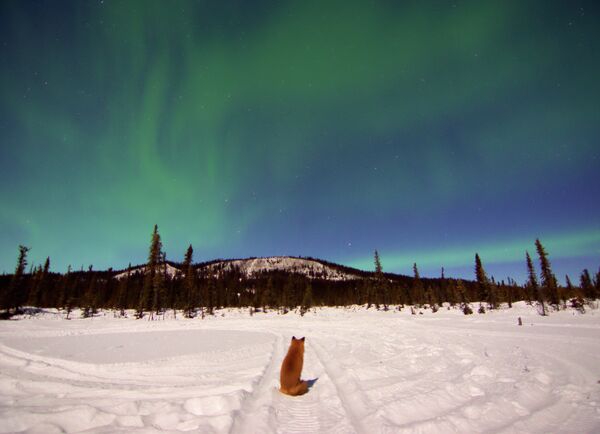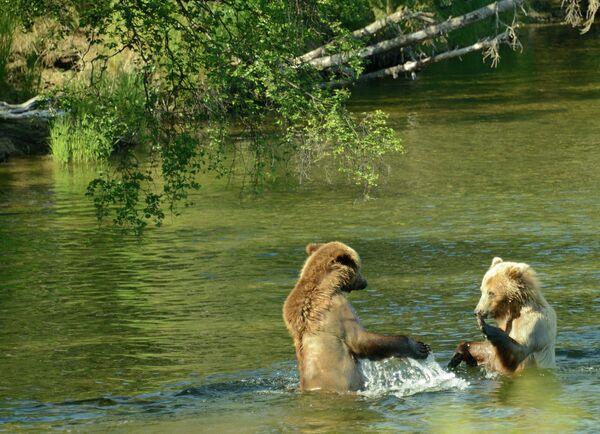The last Monday in March in Alaska marks Seward's Day, which is named for then-Secretary of State William H. Seward (1861 to 1869), who is best known for signing a treaty with Russia to purchase Alaska.
His move was joked about in the media, who referred to the territory as "Seward's Folly," “Seward’s icebox,” and President Andrew Johnson’s “polar bear garden”.
The actual signing of the Alaska Purchase treaty took place on March 30, 1867 and this year these two events fall on the same day.
The cost of the deal then was $7.2 million, or about $114 million in today's money, not much for 1,717,854 km² of land. If Alaska was a separate country, it would be the 17th largest in the world.
Interestingly, many Russians believed that the land wasn't sold at all, but leased on a long-term basis. A great deal of confusion existed about the cost of the deal as well, with many believing that the sum was far less.
In the 19th century, Russian Alaska was a hub of international trade. In the capital, Novoarkhangelsk (now known as Sitka), merchants traded Chinese fabric, tea, and even ice, which the United States needed before the invention of the refrigerator.
Ships and factories were built, and coal was mined. People already knew about the numerous gold deposits in the area. Selling this land seemed like madness.
Walrus ivory, which was as expensive as elephant ivory, and sea otter fur made it an attractive destination for Russian merchants.
Trading was handled by the Russian-American Company (RAC). The company controlled all of Alaska’s mines and minerals, and could independently enter into trade agreements with other countries. These privileges were granted to the company by the government of the Russian Empire.
Some historians, however, believe that the sale of the land was a purely economic decision. According to Steve Haycox, a professor of history at the University of Alaska Anchorage, RAC sold the land in an attempt to cut the forecasted losses from the overseas land before Russia's American investment became untenable.
As it turned out the company operated on 20-year charters from the Russian emperor. The third charter was due to expire in 1864, and prior to that year, as they had done in the past, the company's board of directors sent an assessment team to America to see what changes might be warranted.
That commission, the historian says, concluded that the future of Russian America was very tenuous: First, its easily available fur resources were almost exhausted; second, the Russians had experimented with alternative resources, including coal and gold mining, whaling, and agriculture, none of which had proven profitable; and third, Russian America was essentially indefensible. The report presented altogether a rather bleak profile of the status of the colony.
And thus came the decision to sell the land. Russia however lost not only Alaska, but a number of minor islands and archipelagos.
The discussion over whether or not Russia made a poor bargain exists to this day.
The purchase, however, was not unpopular in the US. The Senate voted 36-2 to ratify the purchase treaty, Haycox says, demonstrating that it wasn't that difficult to recognize a good deal.






